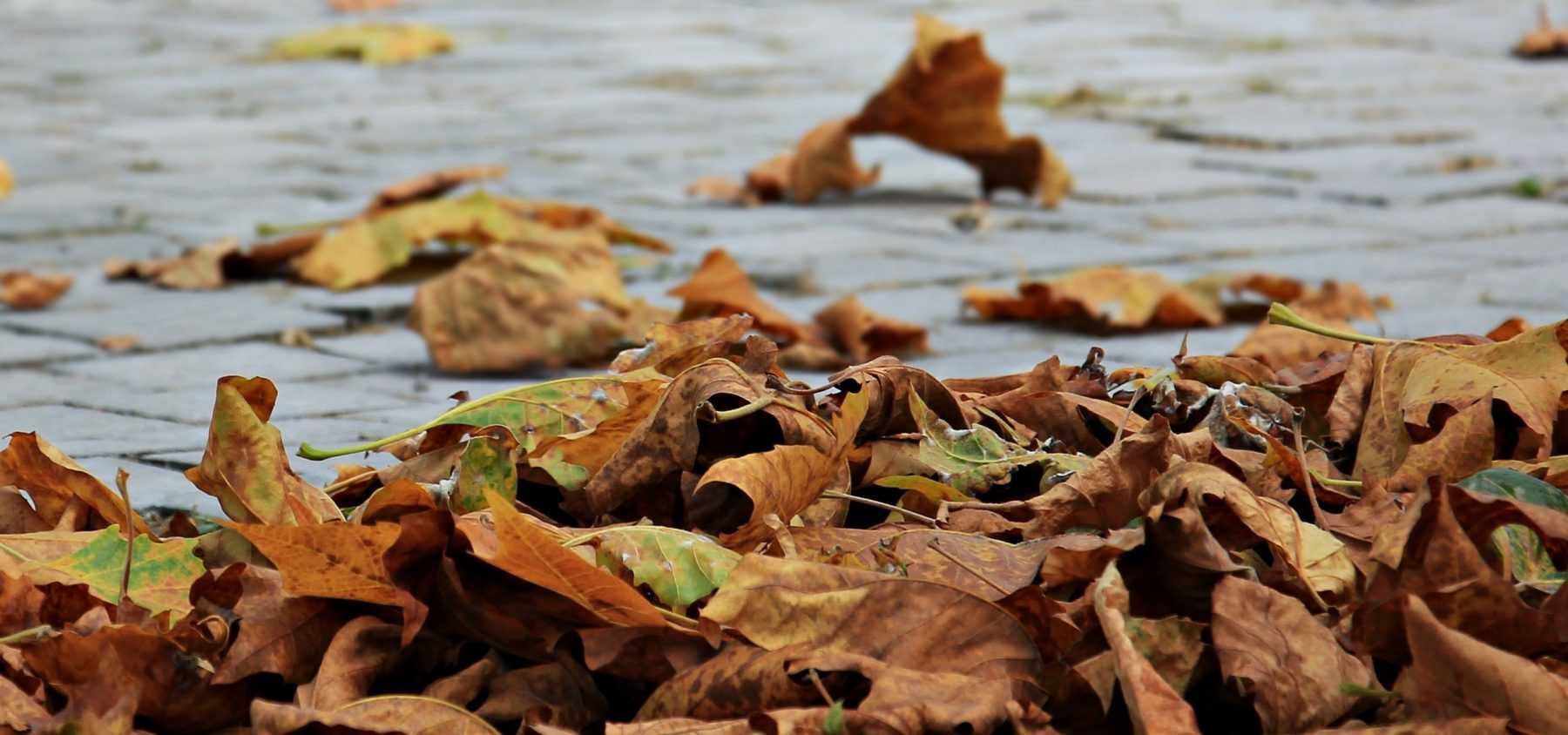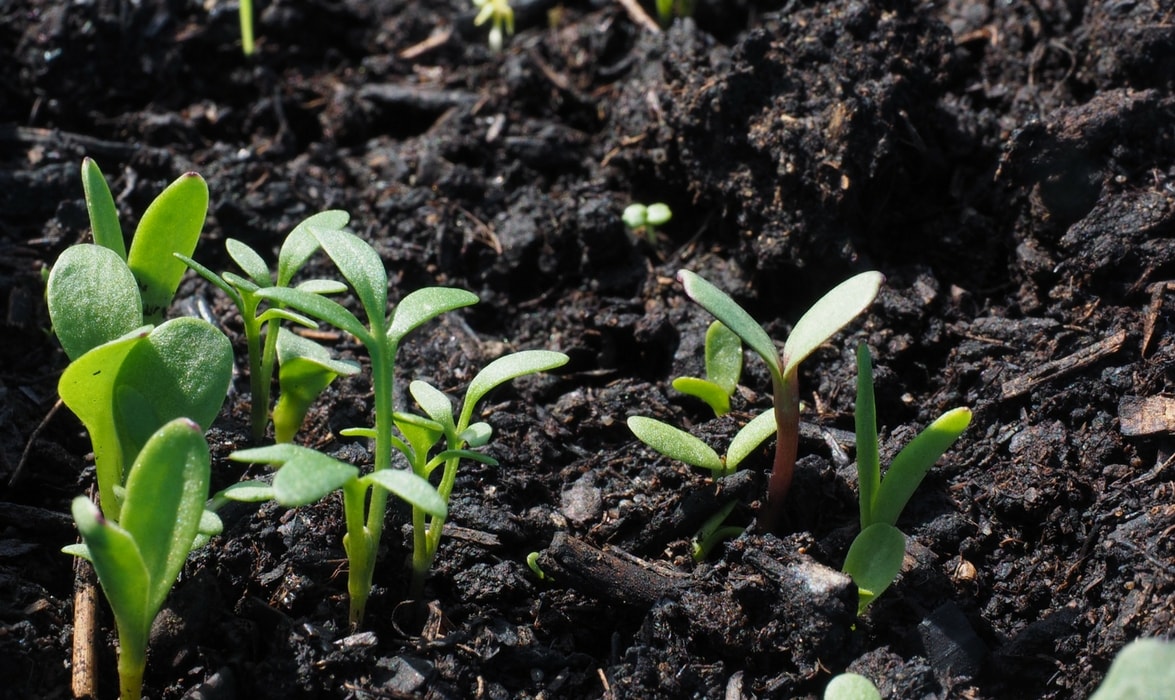
Autumn leaves: how to use them in the garden?
Our tips and advice for using them to their full potential
Contents
In autumn, as Prévert said, dead leaves gather by the shovelful… but instead of throwing them away, why not turn them into an asset for your garden? Natural mulch, nutrient-rich compost, shelter for biodiversity: these precious leaves offer many benefits. Discover how to recycle them wisely and transform this “waste” into a valuable resource for your soil and plants! By recycling dead leaves in your garden, you enhance soil fertility while contributing to waste reduction. This practice aligns with a circular economy approach, where nothing is wasted and everything is transformed to naturally enrich the earth. Incorporating this habit into your natural gardening routine also helps effectively protect the garden in winter by shielding the soil and plants from the cold.

Autumn Leaves: A First-Class Mulching Material
Fallen leaves make an excellent mulch for your flower beds, around hedges, and even in the vegetable garden.
Spread in a thick layer, they offer numerous benefits as they:
- protect slightly tender plants (perennials or shrubs),
- cover the soil, forming a barrier that reduces the negative effects of heavy rain and cold,
- prevent weeds from taking hold and reduce the need for weeding,
- nourish soil organisms and maintain fertility as they decompose.
In practice, using a leaf rake, spread the leaves in a thick layer (up to 30 cm—don’t worry, it will reduce by two-thirds in less than three weeks) and clear a little space around the base of plants to avoid excessive moisture.
Choosing the Right Fallen Leaves for Effective Mulching
Not all leaves are equal! Some are ideal for mulching, while others should be used with caution or avoided. Certain leaves decompose quickly, enriching the soil with valuable nutrients and promoting microbial activity:
- Hornbeam, maple, lime, birch, ash, and hazel leaves: rich in minerals and decompose rapidly.
- Oak leaves: though slower to decompose due to their acidity, they make excellent mulch for acid-loving plants (hydrangeas, rhododendrons, azaleas).
- Fruit tree leaves (apple, pear, cherry, plum, etc.): generally nutrient-rich and beneficial for the soil.
Some tougher leaves should be composted before use as mulch: such as plane, bay, beech, and chestnut leaves. They are thick, high in tannins, and decompose very slowly. It’s best to shred them first or mix them with lighter leaves. Walnut leaves contain juglone, a substance that can inhibit the growth of certain plants. These should be composted thoroughly before use.
Warning! Avoid diseased leaves (rust, powdery mildew, scab), as they can spread infections to crops. Similarly, do not recycle leaves treated with pesticides or herbicides, as they may contaminate the soil or compost and harm biodiversity.
Check out Olivier’s video on the subject: How to Use Fallen Leaves – Video Tutorial
Read also
Mulching: Why? How?Autumn leaves: for excellent free compost
Dead leaves also make an excellent compost.
To do this, simply pile up the leaves, turn them over occasionally, and let them decompose.
In small gardens, don’t hesitate to try this method, approved and guaranteed by our experts: store them in a large opaque garden bag, bin bag or rubble sack (around 200 litres) that you’ll seal. Poke a few holes in the bag and keep it sheltered. After a year, you’ll be able to retrieve the equivalent of 30 to 40 kg of high-quality compost from each bag… for free.
Discover Virginie’s tutorial: “How to Make Good Leaf Compost?”

Dead leaves: carbon to balance your compost
Fallen leaves are part of the “brown” or carbon-rich waste that is essential for achieving a balanced compost.
Store your leaves in a wire mesh silo or in a separate compost bin. For every addition of green waste (grass clippings, weeds), add the equivalent of one-third fallen leaves and mix well with a digging fork.
- Subscribe!
- Contents

































